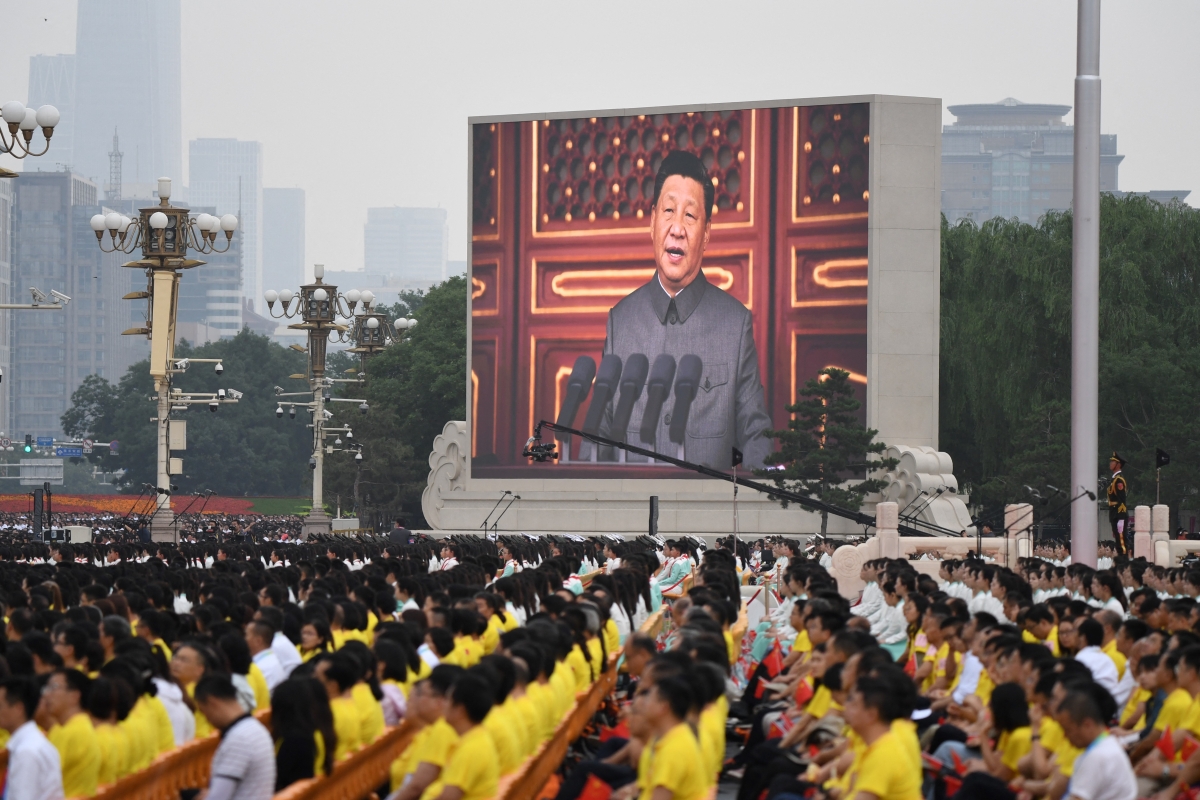
China is in a greater state of flux in its domestic politics and foreign policy than in any time since the reform era began. China’s domestic and foreign policies have become more autocratic at home and confrontational abroad, with more changes coming. The resulting challenges to the United States and the world posed by China are numerous and rapidly evolving. In response, America and other countries will need to keep revising their strategies toward China.
In a new report, “China’s New Direction: Challenges and Opportunities for U.S. Policy,” leading U.S. experts on China weigh in with insights on major changes in China and recommendations for U.S. policy going forward.
“The defining challenge facing the U.S., its allies and its partners is understanding how China under Xi Jinping is evolving in the face of changing domestic needs and external pressures,” the report says. “Accordingly, a major policy risk is that the U.S. will misread or misinterpret what is happening in China and will either overestimate or underestimate the threat China now poses.”
To avoid missteps that could “be disastrous, and could even lead to war,” the report’s eight memos on key issues, such as China’s domestic politics, military, and economy, help readers understand China’s ground realities and international goals, and how the U.S. might best respond. Each memo reflects the authors’ own views, providing a range of perspectives from U.S. China experts.
Among key insights are:
Politics: Xi has created a highly centralized, personalized, and ideological authoritarian system that is prone to misperceptions and distorted policymaking. These attributes will only increase as the next leadership transition in 2022 approaches, leading to even more domestic and international overreach in Xi’s policymaking.
Society: The Chinese Communist Party (CCP) has tightened supervision over universities, curtailed press freedom and placed civil society groups under strict control. Still, there is great dynamism and diversity in China’s economic and social life.
Human Rights: The Chinese government has intensified its crackdown not just on opposition and dissent, but also on perceived disloyalty, disaffection, policy disagreements and ideological nonconformity. This reflects a surprising sense of siege on the part of the Chinese government, despite the popular support it receives inside China.
Economy: China’s leaders have long supported state-owned industries and priority sectors, and recent actions show a clear intensification of these policies (for example, in global supply chains). Chinese policymakers are betting that their intensified controls are compatible with continued financial inflows, but risks related to high debt levels may derail these ambitious goals.
Technology: Beijing has done more to decouple its supply chain from dependence on the U.S. than the other way around. Chinese policymakers have doubled down on their commitment to become technologically independent, especially in strategically essential sectors like semiconductors.
Military: China’s military has made major strides in the last two decades in its ability to project force from its shores to the ‘first island chain’ – major archipelagos nearest the East Asian continental mainland, including Japan, Taiwan, and the northern Philippines – and to disrupt U.S. air and naval operations. China will seek to expand its footprint in the coming years, perhaps with new regional bases, and to subject Taiwan to increasingly menacing military threats.
Diplomacy: China is more willing to use economic and military coercion to achieve its goals, regardless of the impact on its regional relations. It has a clear desire to shape global governance, including diluting liberal values, and will use all the tools at its disposal to do so. It is engaged in both assertive public diplomacy and disinformation aimed at advancing China’s interests and shaping a more positive image of China.
Climate Change: U.S.-China cooperation, coordination and healthy competition in countering climate change is in both countries’ interests. They are essential if the world is to achieve the 2015 Paris Climate Agreement objectives, and if China is to achieve its 2060 carbon neutrality goals.
This new report comes out at as the Biden Administration recalibrates U.S. international priorities, after withdrawing troops from Afghanistan. President Biden has noted the need to “shore up America’s competitiveness” in the face of “serious competition” with China.
China’s New Direction: Challenges and Opportunities for U.S. Policy is the third report of the Task Force on U.S.-China Policy, since it formed in 2015. It follows U.S. Policy Toward China (2017) and Course Correction (2019). The Task Force has also produced several issue-specific studies, including on Chinese malign influence activities, China as a transatlantic challenge, and science and technology competition.
Contributors to this report include most members of the Task Force on U.S.-China Policy, which was created by the Asia Society Center on U.S.-China Relations and the 21st Century China Center at the UC San Diego’s School of Global Policy and Strategy. Also contributing is Peter Cowhey, Dean Emeritus and Qualcomm Chair Emeritus in Communications and Technology Policy, School of Global Policy and Strategy, UC San Diego. While he is not a member of the Task Force, he chaired the 21st Century China Center’s Working Group on Science and Technology in U.S.-China Relations.
No comments:
Post a Comment